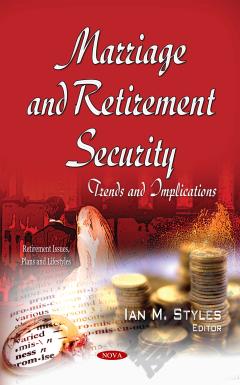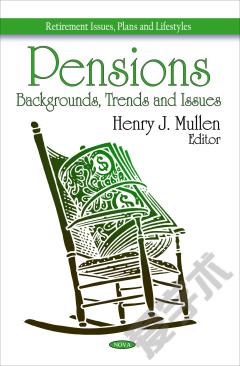Marriage and Retirement Security: Trends and Implications
Marriage has historically helped protect the financial health of couples and surviving spouses in old age. Based on their marriage, and independent of their own work history, spouses may receive retirement and survivor income through Social Security and some employer-sponsored pension plans. Many of the federal requirements governing these benefits were developed at a time when family structures, work patterns, and pensions were very different from what they are today. In recent decades, marriage has become less common, more households have two earners rather than one, and many employers have shifted from DB plans to DC plans. This book examines the trends in and status of marriage and labor force participation in American households; how those trends have affected spousal benefits and retirement savings behavior within households today; and the implications of these trends for future retirement security.
{{comment.content}}








 京公网安备 11010802027623号
京公网安备 11010802027623号